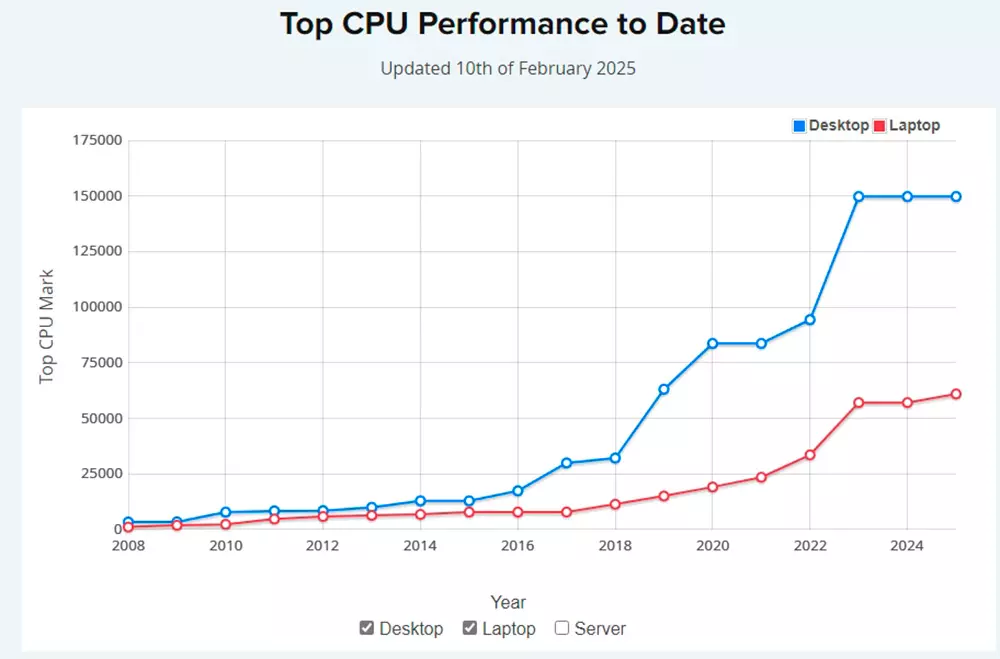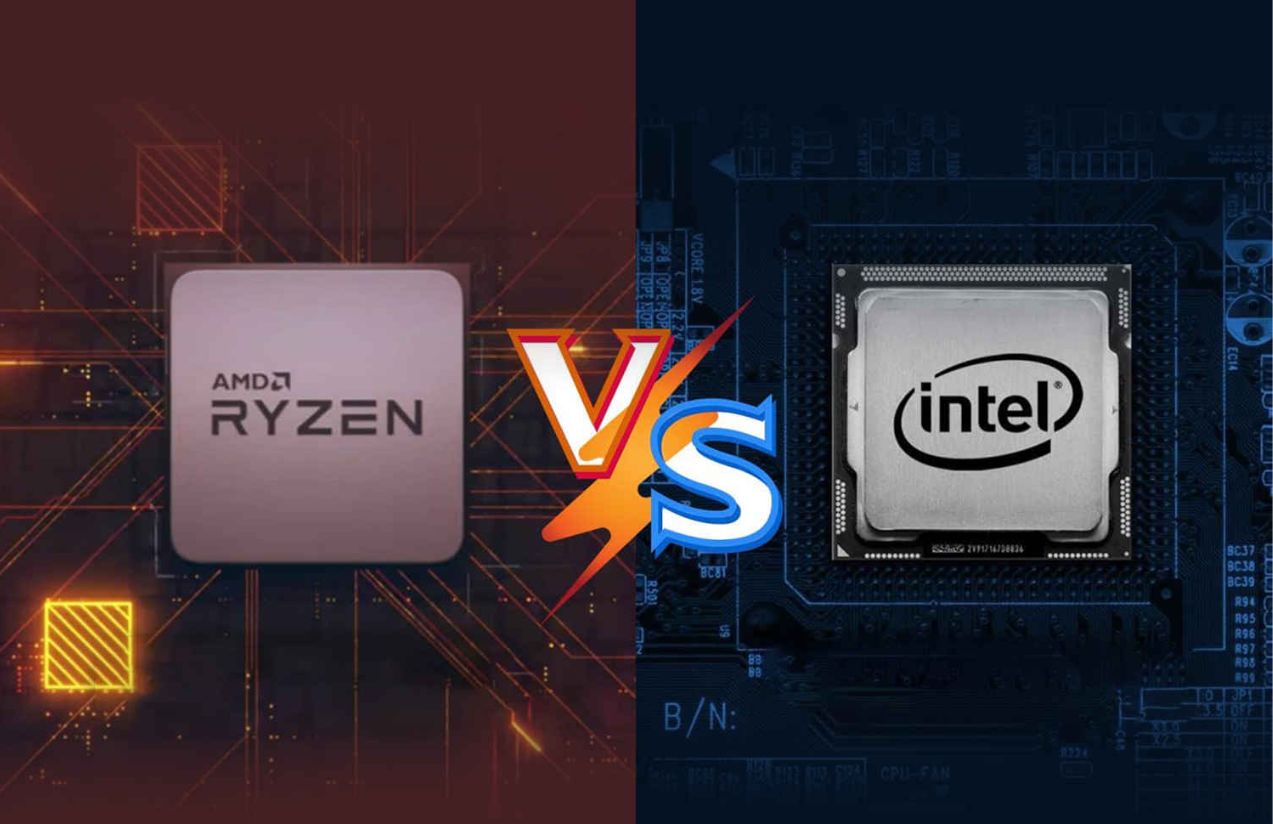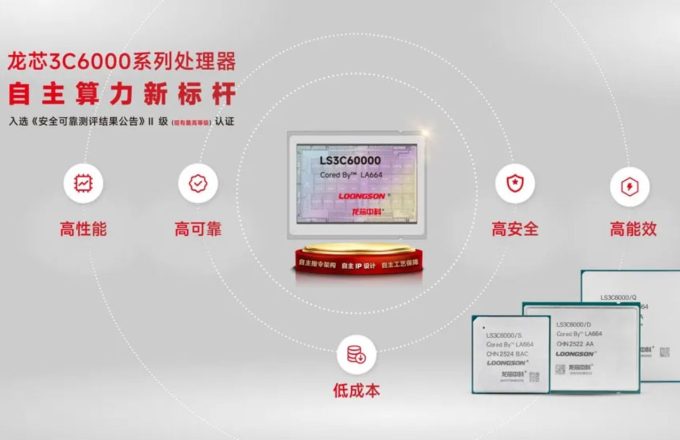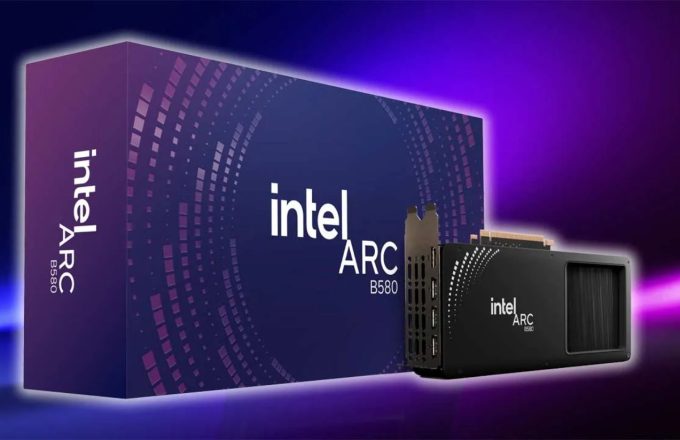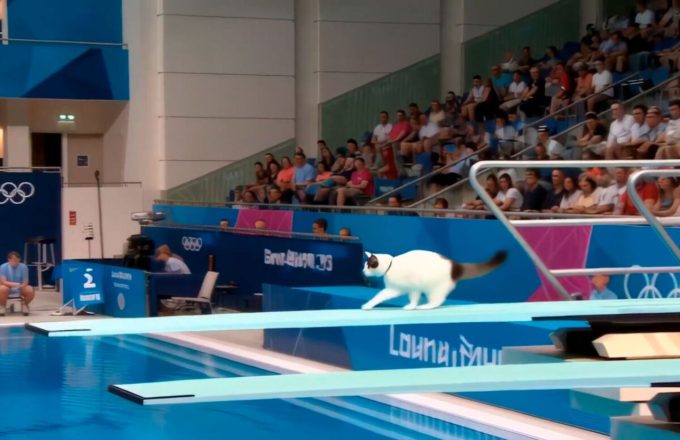To evaluate CPU performance, the most reliable approach is not to check its specifications but to analyze real-world tests conducted by users with specialized software. One of the most popular tools for this is PassMark, which collects and analyzes test results to measure processor performance.
Since 2004, PassMark has been tracking the evolution of CPU performance based on this data. Over the years, both laptop and desktop processors have shown consistent improvements, even during the COVID-19 pandemic. However, this trend has recently stagnated and has even started to decline, especially in laptops.
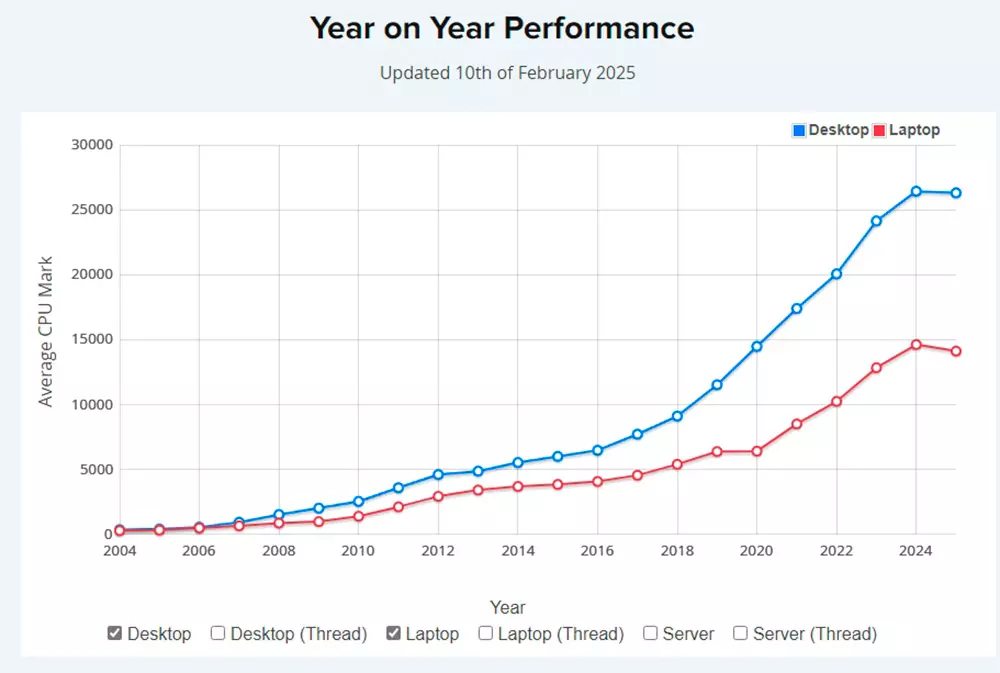
PassMark has released an updated chart showing the evolution of processor performance from 2004 to February 2025. It is important to note that this data reflects the performance of devices used by users running PassMark’s software, not just the latest CPUs on the market.
For desktop computers, performance has declined by 0.5%. In 2024, a total of 186,053 devices were analyzed, with an average score of 26,426 points. In the first months of 2025, the average score of the 47,810 evaluated devices has dropped to 26,311 points.
On the other hand, the most significant decline has been recorded in laptops, with a year-over-year decrease of 3.4%. In 2024, data was collected from 101,316 devices, with an average score of 16,632 points. So far in 2025, after analyzing 25,541 devices, the average score has fallen to 14,130 points.
